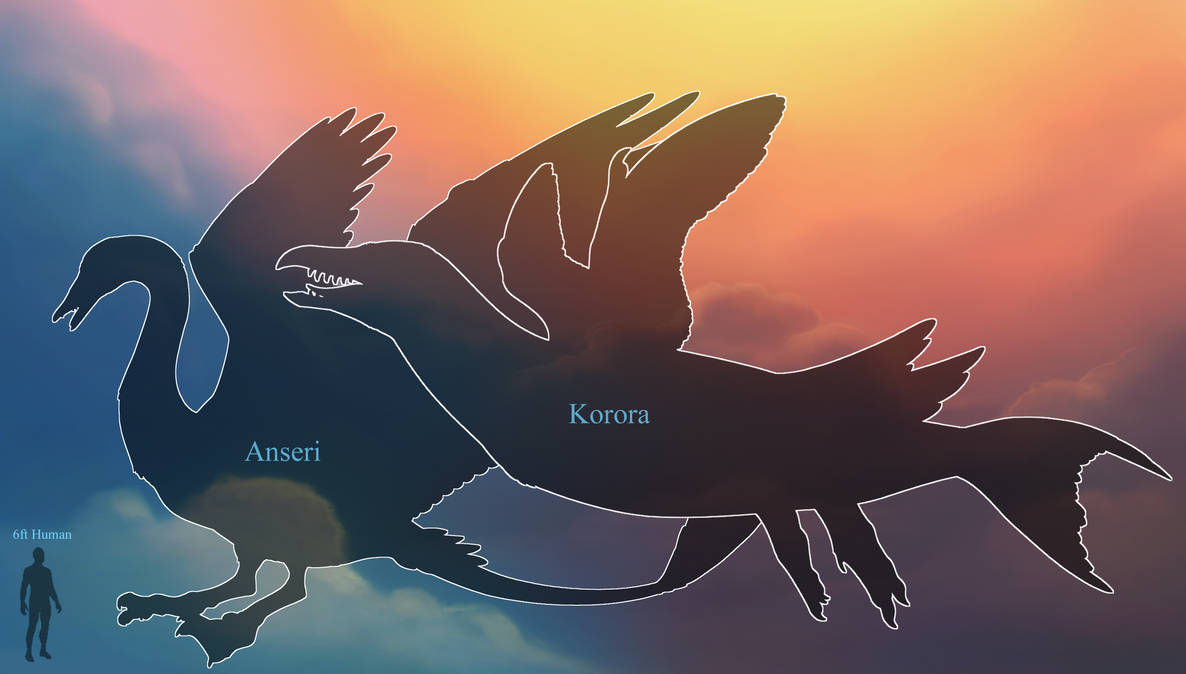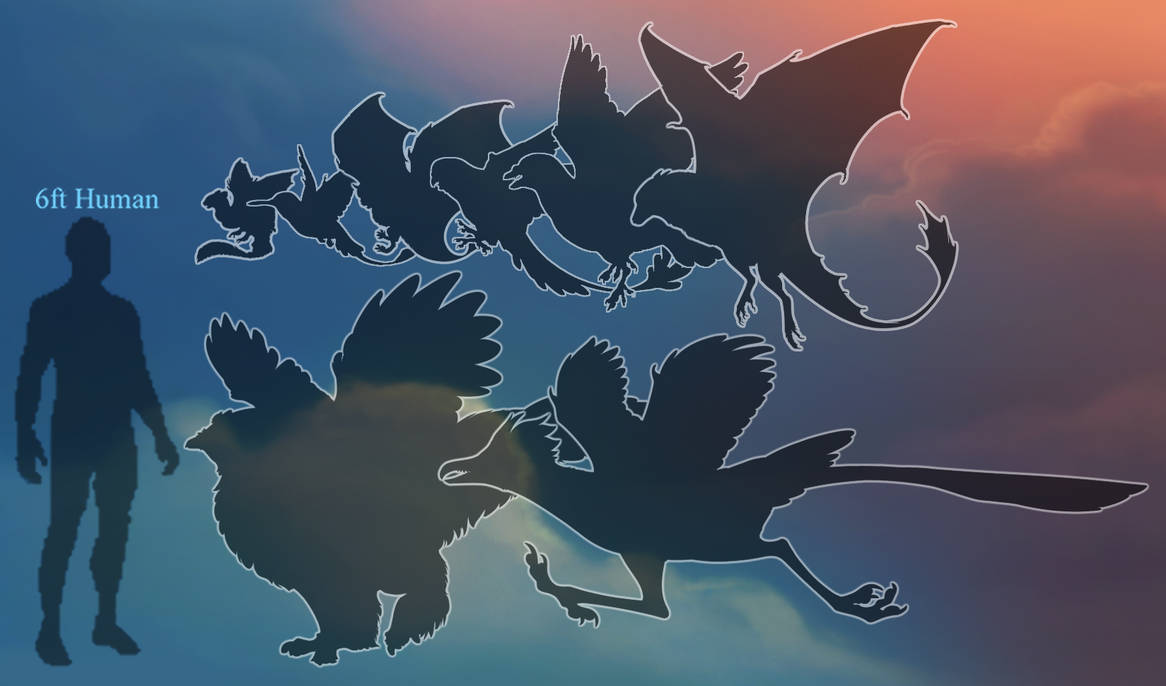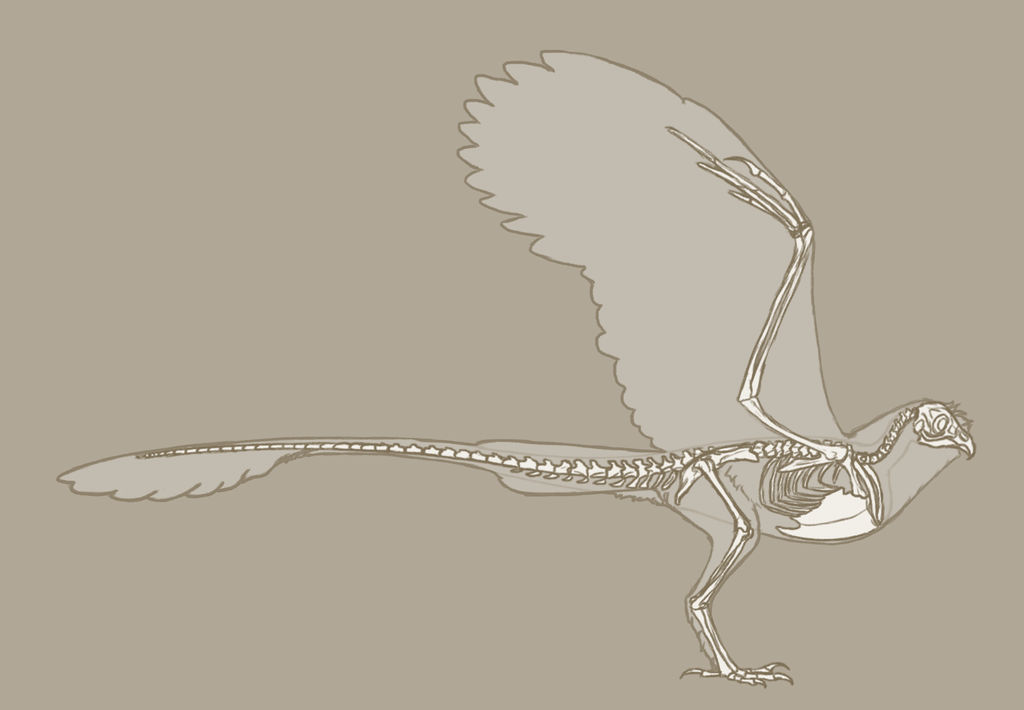Types:
AVIANS
Flighted bird-like Stryx.
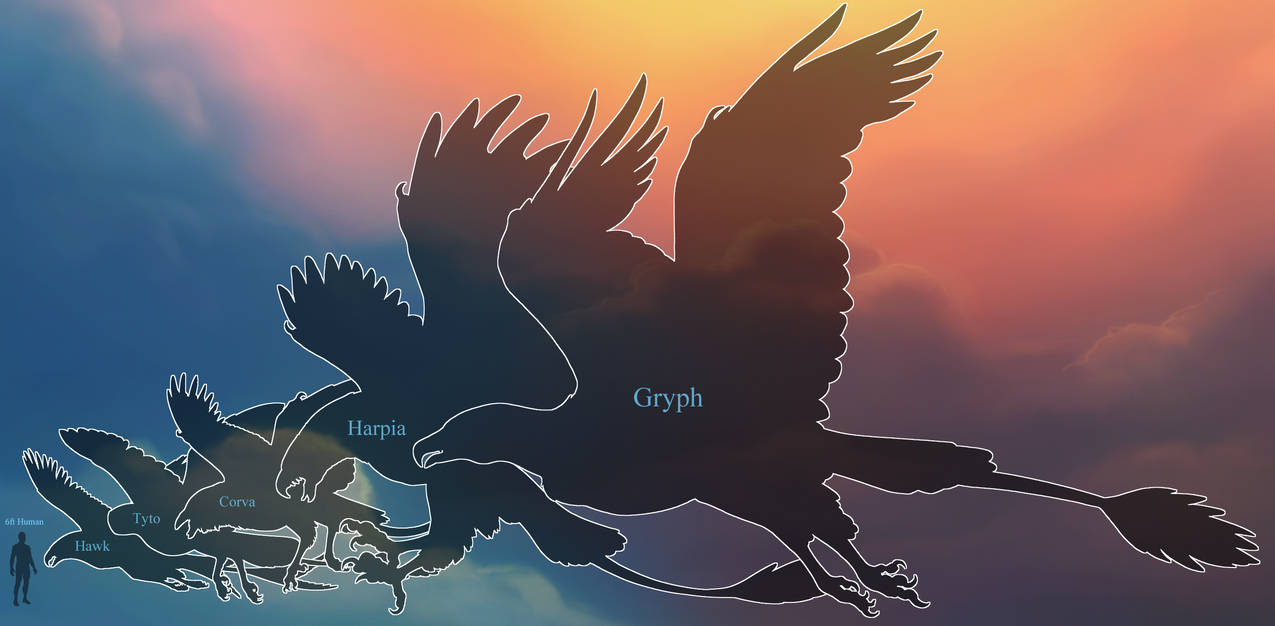
MAMMALS
Flighted bat-like Stryx.
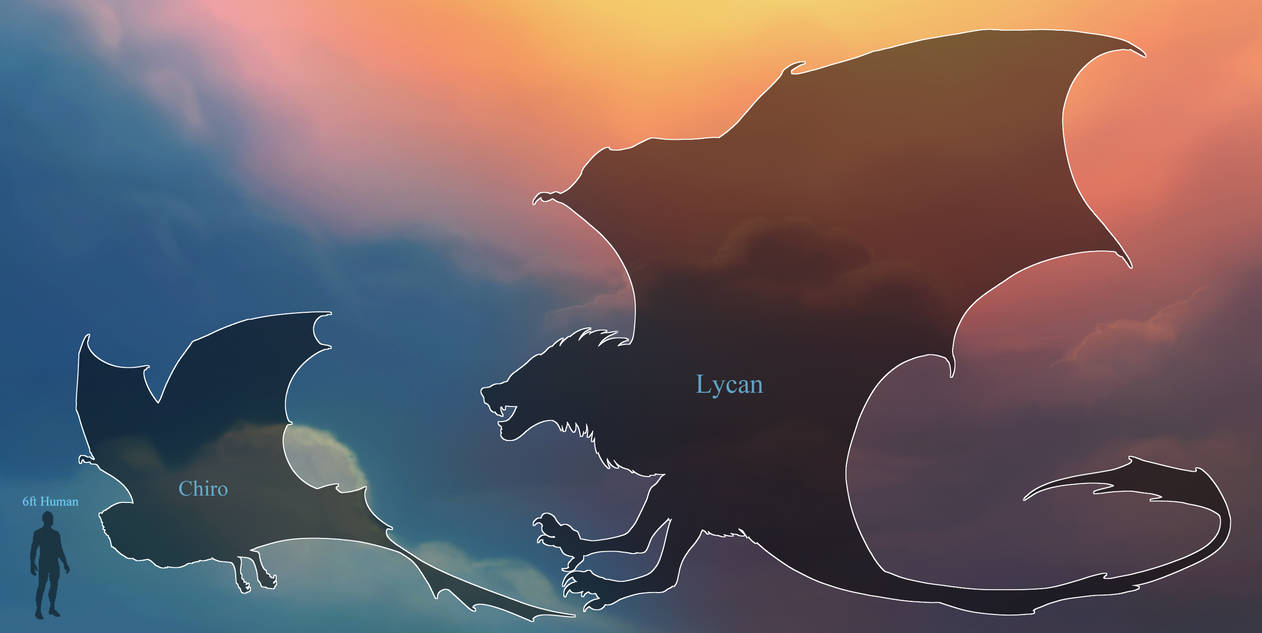
GROUND
Flightless ground-based Stryx.
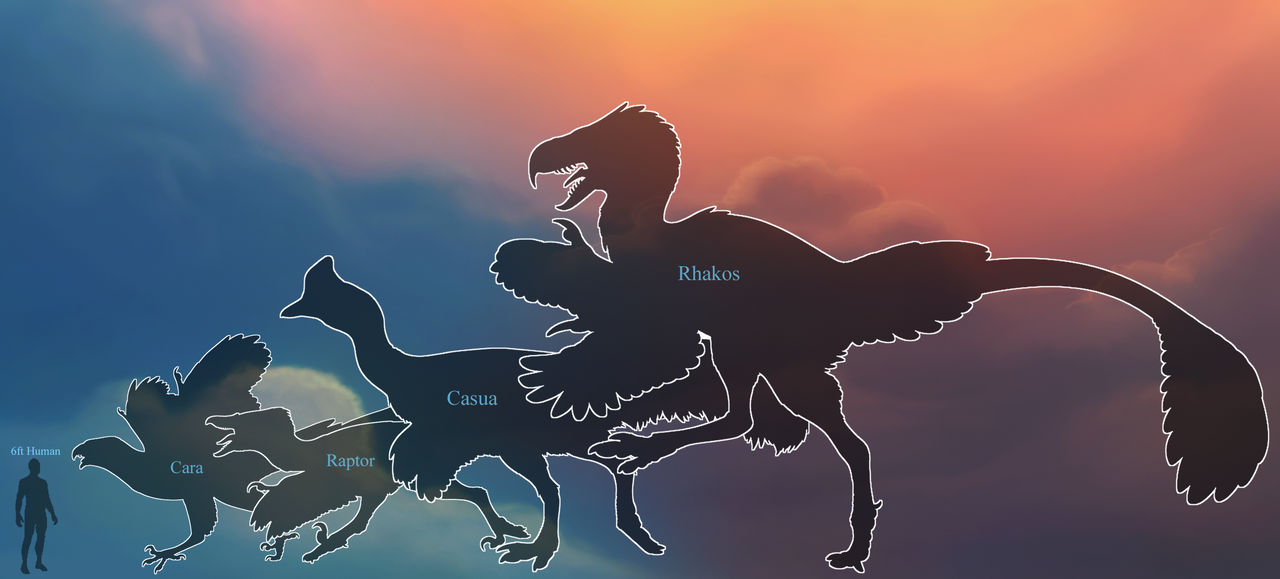
DIVER
Water-based Stryx.
Reproduction:
Wild Draco Stryx are temporary partners when mates are chosen, and will stay together until their eggs have hatched and their offspring grow large enough to leave the nest. Monogamy, however, is not uncommon, when two mates are well suited and feel no compulsion to seek out another. Domesticated Stryx, unless allowed to pair-bond by their riders, are mainly non-monogamous and kept apart after mating has occurred.
During the mating season, females will become highly irritable and defensive, while males become extremely territorial and aggressive. This is a dangerous time for Stryx, who will compete fiercely for mates, if allowed. Therefor, it is integral that males, especially, be kept apart during the breeding season. Unless they are very well trained, and the bond with their rider is strong enough to override their initial instincts, bloody fights can break out and, in a worst case scenario, lead to death. Females, however, are more of a worry directly to their riders, as they will often become obstinate, and refuse to leave their nests, and may lash out if provoked.
Inbreeding can have catastrophic results, such as stillbirth, crippled/malformed wings, brittle bones, blindness, and infertility. Chances for producing a healthy clutch out of inbred parents are low.
The mating season generally lasts 1-4 weeks in winter, and eggs are laid in spring and summer, and might take until fall to hatch. Once hatched, a baby Stryx will not leave its mother until the following spring, when it is large enough to begin fending for itself, and clears out of the nest to make room for another clutch of eggs to be laid.
Males and females are both limited to 5 breeding slots initially. However, there are art goals available in the Bonuses section, detailing how you can obtain extra breeding slots when the initial 5 have been used up.
Diet:
While in the nest, the diet of a baby Stryx consists of partially digested meat, fed to them by their parents, or alternatively can be fed small cuts of meat or whole fish fed by human handlers. Some riders will also collect and crush up insects, mixing them with meat, milk and blood (cow, goat, etc.) until a high protein/high fat mash is made. This is especially useful for hatchlings who are the "runts" of the clutch, and promotes a slightly faster rate of growth so that they can catch up to their siblings.
Adolescent Stryx who are large enough and coordinated enough to begin hunting for themselves will target prey animals such as rabbits, moles, snakes, and birds. Some riders will continue to feed them the aforementioned "mash" if they are slow learners, or prey is scarce in the area.
By adulthood, Stryx are usually highly successful hunters/fishers, targeting larger prey wherever it's available. Tuna, swordfish, sharks and other large fish species are usually a favorite food source for adults, who seem to take a great deal of enjoyment in the activity of fishing in general. However, they are less successful in scoring kills in the water compared to on land.
Anatomy:
Draco Stryx can be described as bird-like, flying theropods, with ancestry tied back to dinosaurs. It is clear that they convergently evolved alongside birds, and so share many similarities since they both share a common ancestor. They share most of their similarities with the raptor family, or "birds of prey," as well as dinosaurian raptors, like Deinonychus and Archaeopteryx. Sapeornis also serves as a useful skeletal reference to the bone structures of Draco Stryx.
Draco Stryx have long, sharp, conical teeth toward the back of their beaks. Their mouths are arranged so that the curved front-side of the beak is meant for gripping, while the primary function of the teeth is to shred and tear. However, when fishing, Stryx have been seen dipping their heads into the water and leaving their mouths agape, undulating the tongue to catch the attention of fish. If a fish swims into their jaws, these teeth act as skewers, effectively impaling and incapacitating the fish.
These teeth are also unique in that their anchor-points are flexible, allowing a Stryx to "fold back" or "sheath" these dangerous teeth, especially useful when feeding their young, or play-fighting, avoiding inflicting serious injury.
Biorhythm and Boosts:
All Draco Stryx are born with a natural biorhythm that dictates whether they are diurnal (active in the day), crepuscular (active at dawn/dusk), or nocturnal (active at night).



